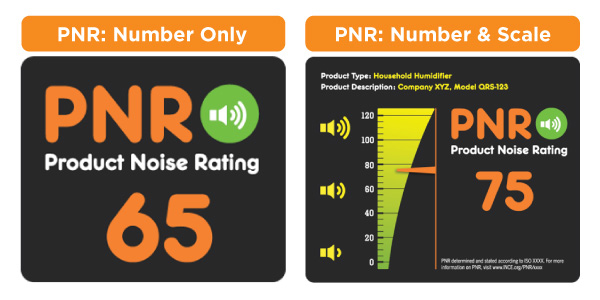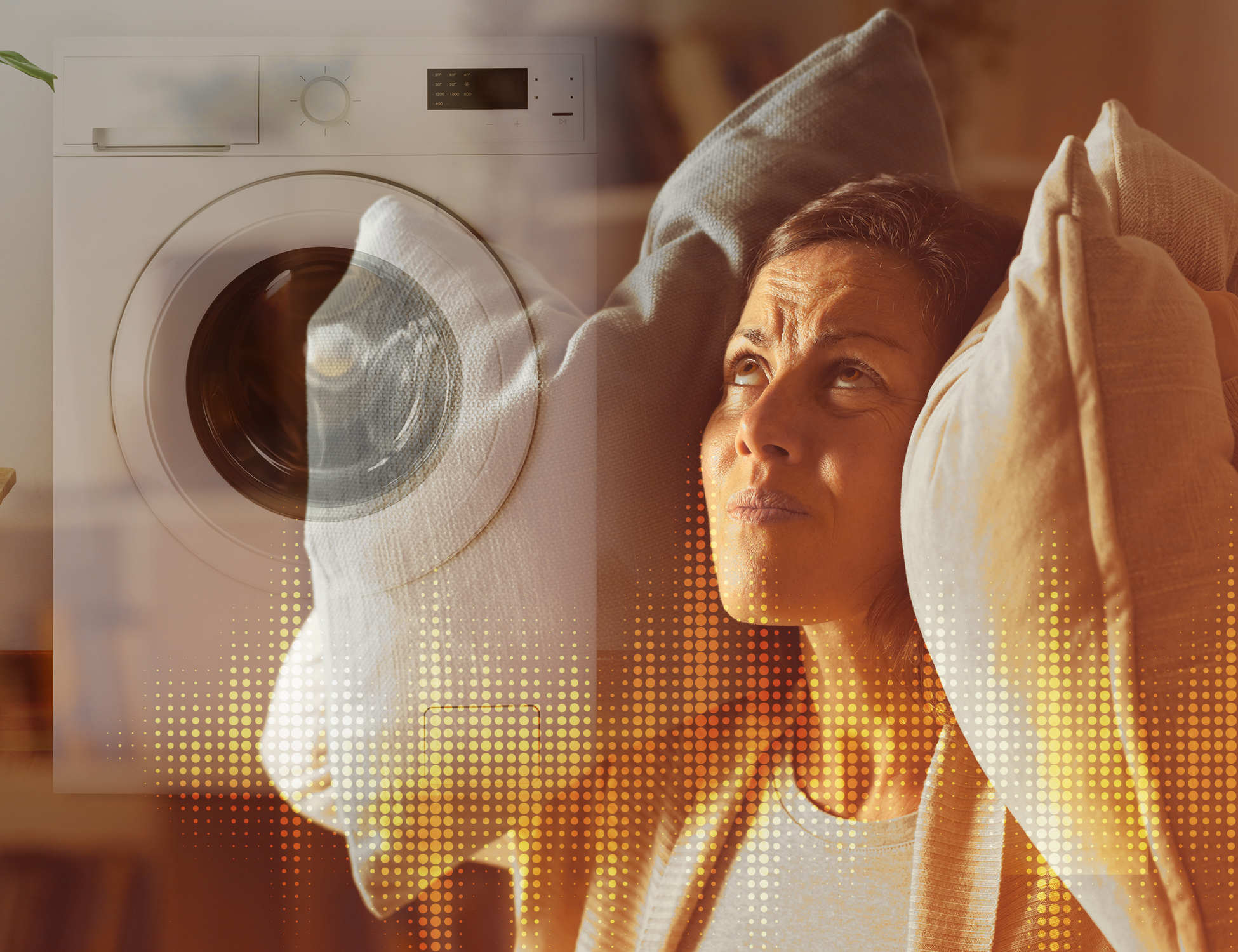Pick up any item in a store and you are likely to see labels designed to inform your purchase decision. If the item is edible, you can expect to find information about its nutrition and ingredients. Many durable goods, including appliances and vehicles, have even more information related to the item’s efficiency or lifetime cost. The purpose of these labels is to ensure that you, as the consumer, have the information you need to make an informed purchase decision.
Despite this wealth of information, noise information on the products we buy—from coffee makers to lawnmowers—is not available to most consumers in the United States. Economic theory refers to this as an information asymmetry. It means that one party (in this case, the manufacturer) has more information than the other. Information asymmetry in regard to noise decreases the likelihood that product noise will decrease over time. This is because without revealing this information to consumers at the point of purchase, less incentive exists for manufacturers to lower product noise emissions to compete for market share.
In response to this lack of product noise information available to consumers, the Institute of Noise Control Engineering (INCE-USA) has developed a comprehensive product noise rating (PNR) system for deployment in the United States. The challenge for INCE-USA, as a volunteer organization, is to take this development to the next level and deploy PNR so it is available to consumers.
PNR has been in development for almost two decades
PNR has been in development since 2004. The INCE-USA Technical Committee on Product Noise Emissions, which Matt Nobile chaired, originally developed the idea. Development of a “noise rating tag” followed. Additional work included developing the label, logo, and website. Below you can see the two labels that have been developed. One is a label with a single-number rating. The other features a scale with a pointer to indicate where the product falls with respect to the range of human hearing. PNR is simply the A-weighted sound power level, given without the unit for ease of understanding by the public. A lower PNR number is better.

The idea is that in addition to the usual attributes of a product—for example, its price, size, weight, appearance, energy use—the product would also have an associated PNR value that would indicate its noise level. By comparing the PNR of two products, the consumer would know which product was quieter before buying. The PNR can be determined using existing International Organization for Standardization (ISO), International Electrotechnical Commission (IEC), and American National Standards Institute (ANSI) standards. In many cases, it would not require additional testing beyond what manufacturers are already doing on their own.
Since 2012, PNR has been tested on hairdryers, tower fans, and dishwashers. These tests have revealed the ease of measurement in most cases. The PNR tests on hairdryers and fans revealed that product noise did not correlate with price. The tests on dishwashers did find that price correlated with a reduction in product noise. This was hypothesized to stem from the fact that sound level information has been available in the United States for dishwashers since 2004. Since then, higher-end models have been able to achieve even greater noise reduction, further differentiating their offerings in the market.
PNR is ready and tested, but lack of funding constrains deployment
Starting in 2016, INCE-USA workshops and meetings focused on how to implement and fund the program. Many interesting ideas have come out of these discussions, but without more volunteers or funding, implementation has proven difficult.
Two of the most promising short-term ideas that may be within the scope of INCE-USA’s capabilities involve developing a smartphone app or using existing manufacturer data (as opposed to requiring PNR-specific testing). The app would be searchable by product type and would contain a database of PNR values for various products. The use of internal manufacturer noise data (with permission) would lessen the burden associated with acquiring data through product testing; manufacturers are also more likely to support this.
However, INCE-USA is a volunteer organization with limited funds. Moving PNR more quickly into the consumer domain would require more significant funding or sponsorship. Government support through grants or direct funding would be ideal, but significant hurdles remain before such funding could find its way into legislation or policy. Members of INCE-USA have also unsuccessfully approached several large retailers and consumer product manufacturers. Without significant new funding or sponsorship, the PNR system remains stuck in its present development phase.
Noise control engineering and the acoustic solutions it delivers improves lives (and a call to action)
Noise control engineering is about improving people’s lives. As a Director at RSG, I see this every day through my project work. Our work delivers results that improve people’s noise environments. From noise barriers to quiet pavement evaluations, I look for solutions that meet clients’ needs and budgets. My volunteer work through INCE-USA on a PNR system is an example of one such potential solution—but scaled to reach millions.
Do you want to learn more about the work INCE-USA is doing on PNR? Or maybe you have a PNR funding/sponsorship idea you would like to share? Feel free to reach out and connect!
······························
Dana Lodico, PE, INCE Bd. Cert., is a Director at RSG and Vice President of Honors and Awards of INCE-USA, where she has helped lead the development and deployment strategy for a PNR system in the United States.



